

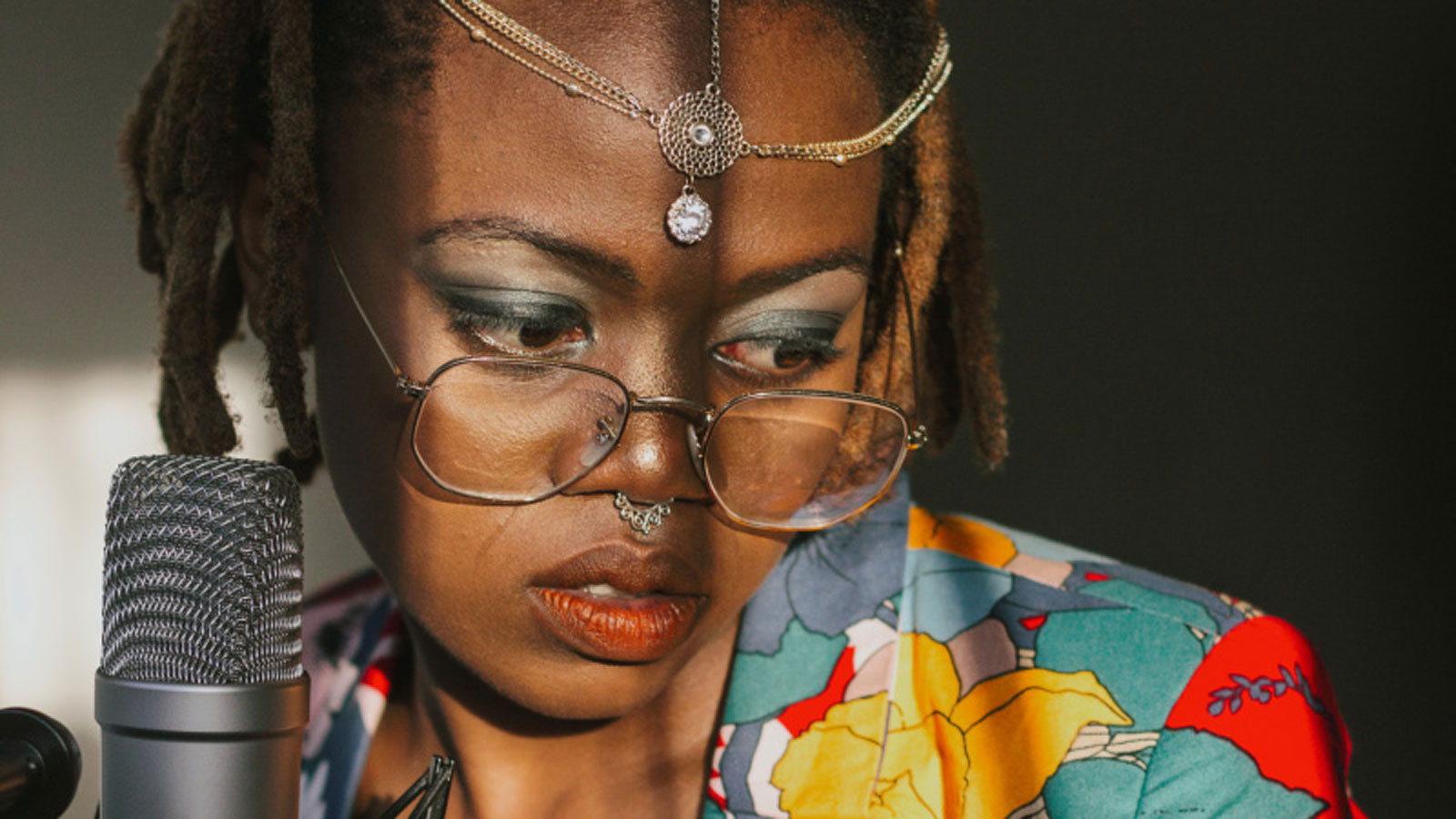
Let’s start with your experiences with sound healing. Your current work deals with water, referring to the rivers where rituals of sound healing take place.
I think where I'm at in my journey is really acknowledging water as a sonic space. I think about the water that is within us and in everything around us; about what fluidity does and how vibration travels in water. When you tie all of that back into sound healing and my journey specifically, I started out being someone who was very afraid of their connection to their ancestry and their own healing powers. That’s a product of many things. Stigma, and also upbringing. It’s not necessarily the coolest thing to do when you’re young. Things are shifting now, but for a long time, sound healing or healing work was associated with older people. Hence, I was running away from my own calling. When I was struggling psychologically and emotionally, I turned to sound and saw its healing potentials. Society has given sound healing a narrow approach. When you say “sound healing” or “sound meditation,” people first think of gongs and crystal balls and sound singing bowls. There's just a kind of stereotypical, almost potentially bastardizing association around what sound healing is. I'm really interested in getting into the work of sound healing that is uncomfortable, painful, grimy, and guttural, and is not just going to put you to sleep or give you a brain massage. Sometimes, it's going to uproot some very hectic trauma within you and bring out some elements that you maybe aren't ready to face or confront. It’s in the part of your body that you're disengaged with. That feels more resonant with the ways I heal with sound and the ways I move with sound.
Again, the journey of it was quite interesting. When I was at home in Limpopo, the village that I come from originally, I would always hear people throat singing from a distance as they were herding cows. Or I’d hear the traditional healers, we call them Sangomas in South Africa, coming together at three or four in the morning and doing things that sounded like throat singing, but I didn't know it was coming out of their throats. I thought it was something else. In my ethnomusicology classes at university, they told us about Tuvan throat singing in Asia. And I thought, Well, this sounds a little bit different to how I've heard it at home. This sounds more like impersonating water, the way that the throat singing is sitting. The placement of the throat singing at home feels like it's more connected to air, to wind, and to the trees. But I was again quite disconnected from it up until growing closer into my healing journey, accepting that I have a calling. I would just attempt to sing normal notes and this extra layer would just come out, belt out almost, and sometimes throw me into a trance. What's happening internally is almost like transcendence: I find myself immersed in this village with three very, very, very old women from a place in South Africa that I know I've never been to. And, while it sounds cool, and it's interesting to be able to split your vocal cords into two or three notes at the same time—what’s really happening is a function of portal opening, of uprooting. There are much deeper things happening. The closer I get to my ancestry again is the closer that I get to the spirits who speak through the throat singing. And I am certain now that when I throat sing, it's not me who is singing, I’m just the body that is singing. I'm calling on the ancestral spirits that live within me, alongside whom I do this healing work. They start speaking through the throat and it happens in different ways for different Sangomas. Some Sangomas don't necessarily work with sound as a medium to heal. They work with channeling energies. I know one of my gifts is that of sound and that of opening portals through the throat.
You also work with archives. Have you listened to many recordings from other throat singers?
I actually don't have my own archival work surrounded by throat singing. I think one point is that I'm aware of what it's doing to me and because of maybe how early I am in my journey as a healer myself. I'm treading lightly on the throat singing aspect and am delving into the instrumental more because my inspirations around archiving had to do with the reality of soundscapes and instruments being limited to Western instruments. That made me uncomfortable. I realized this in a masterclass with Moho Molikeng, who was my other partner in the archive seven years ago. He said, "You know, there are actually 600 instruments played just in South Africa alone.” And that’s just 600 indigenous instruments he knows of. I thought to myself: This is endangered because a lot of people aren't playing these instruments anymore, which is a fact in the same way that we're not speaking the spoken language as fluently as we used to. The next language affected by the loss of spoken language is music, because now our rhythmic sequences and structures and our harmonic associations won't resonate with a tongue that doesn't speak the languages. That influences the thought, you know? As a composer, it became important to me to archive sounds, rhythms, melodies, etc., that can keep the language alive when the tongue has been too colonized or when the tongue has just moved and evolved with the times to a place where it is no longer necessary to speak the languages of the past. I have been working with the voice and various sonic elements that are not stereotypically deemed normal or correct singing. There's a lot of scooping, belting, fluctuating pitch, bending—sound choices that are all over indigenous music. There's a lot happening with the voice beyond throat singing that I'm interested in on an archival level. But on a performance level, I'm mostly throat singing, and I play about ten indigenous instruments. I wish I played more.
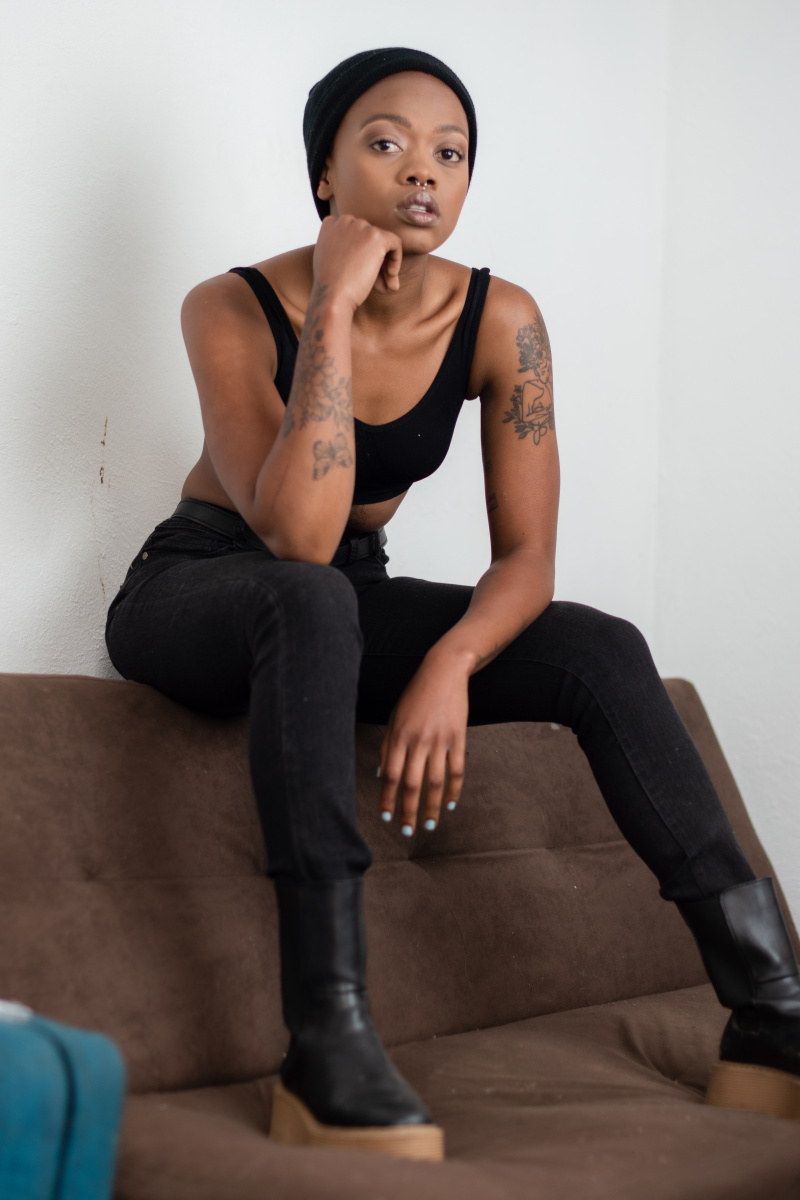
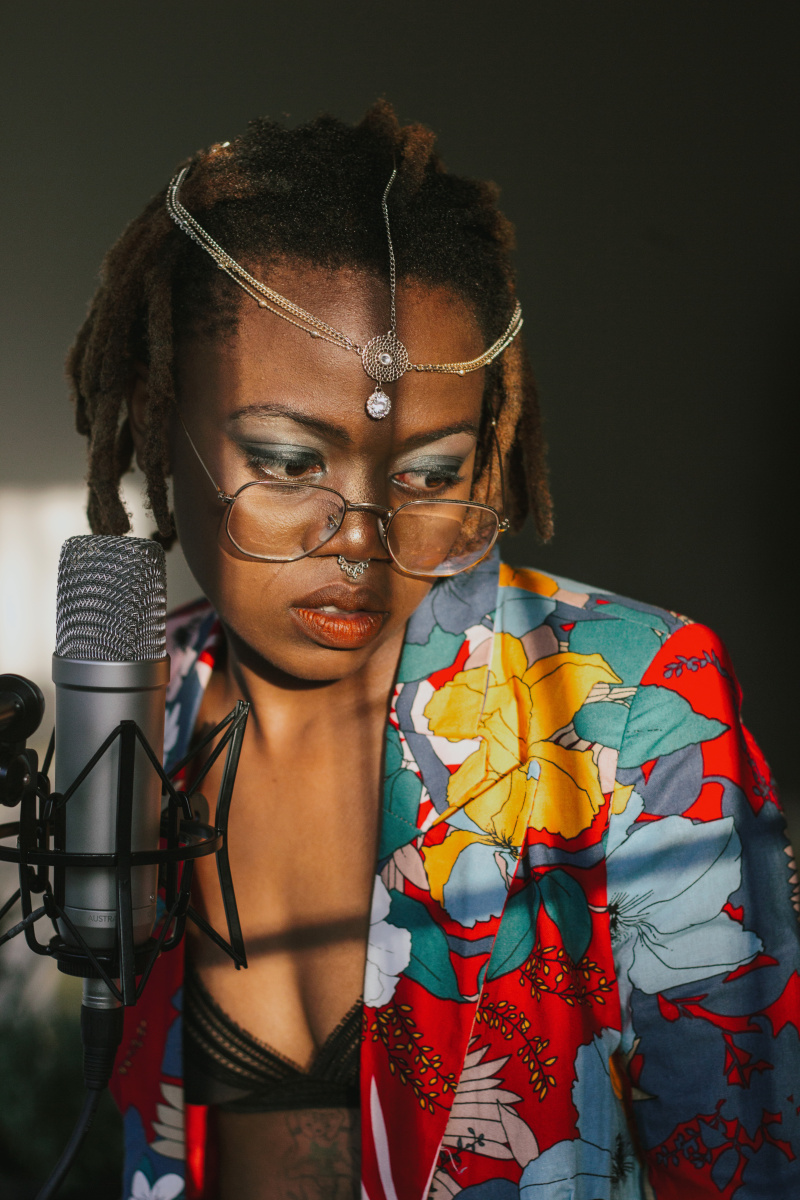
Can you describe some of the indigenous instruments you play and what you love about them?
One is called Chipendani, it's a small log. It almost looks like it could be a bamboo or wooden flute, but it doesn't have holes. It just has carved lines and attached to it, it has a stick that you strike up and down and that makes a pitch. It has a kind of resonance that you wouldn't associate with a log or a struck percussive instrument without strings. It’s the face value of an instrument, assuming a kind of simplicity that once you play it blows your mind. It is actually very complex, producing a lot of pitches and a lot of frequencies that you wouldn't otherwise expect it to.
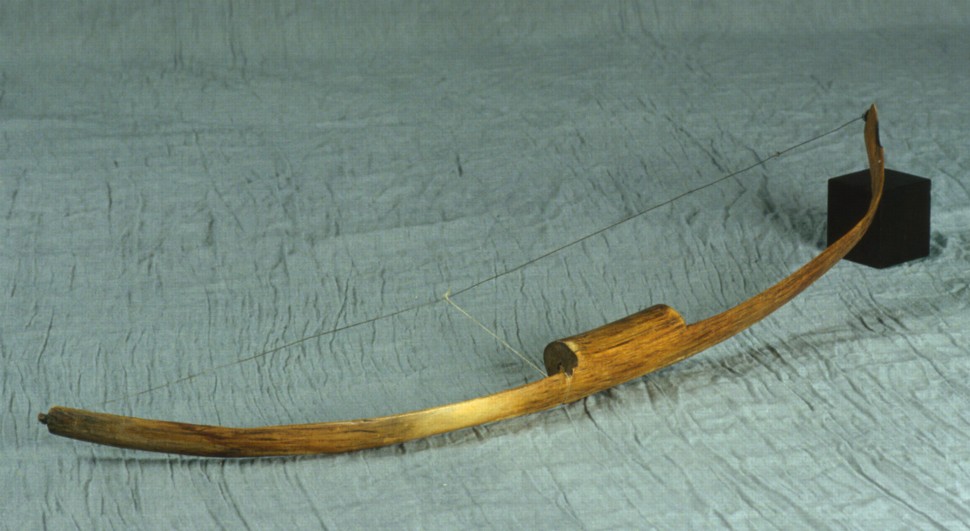
Chipendani
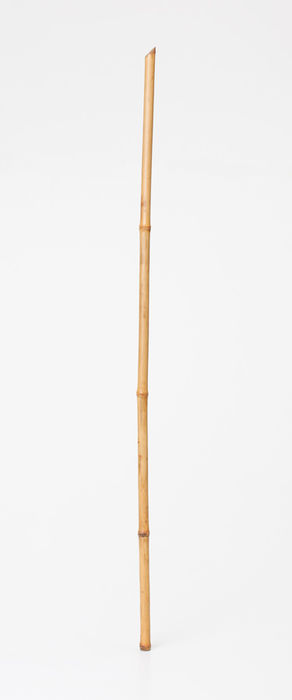
Lekolilo
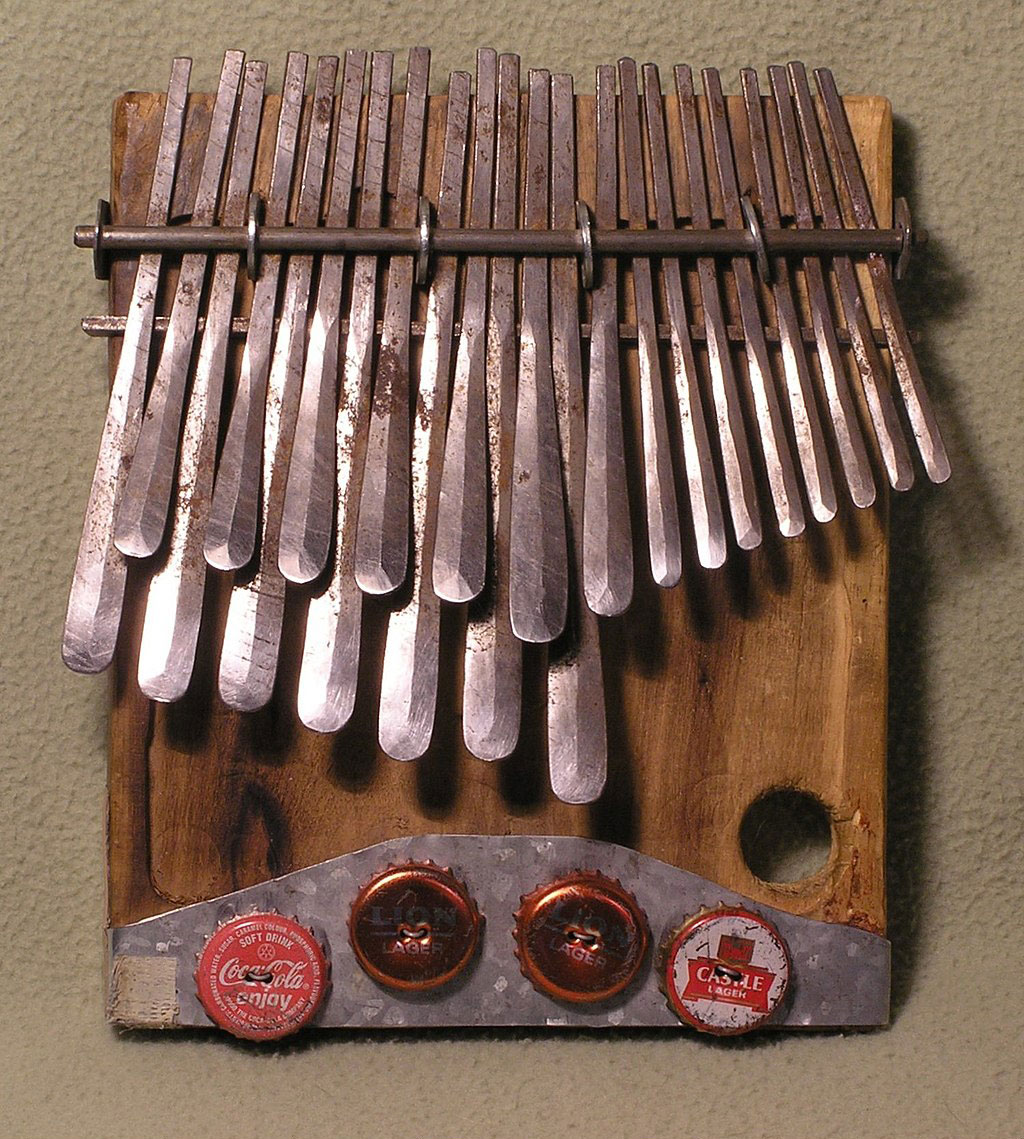
Mbira
The next instrument is the Lekolilo. It’s literally a PVC pipe. It’s cut in a specific angle and at a specific length. You play it like a reed instrument; you open and close the bottom to produce more frequencies. Each pipe produces about four to seven tones, though overtones are obviously wider. The scale is dependent on the size. I've had a lot of fun with those because I can do ensembles of three or four at a time. And once we figured out how to play the instruments, their synergy is quite beautiful to me. I think it's also a nice balance of air and pitch and voice.
The other instrument is of course my first love, the Mbira. We are from the Monomotapa Hills, also known as Great Zimbabwe. Those are my ancestors. Mbira music is literally how I pray to my people. The Mbira is also known as the kalimba, thumb piano, all sorts of different names, but it’s got its own kind of energy that I appreciate.
Let me stop there. I'm going to bring all these little babies to the concert in Berlin!
You talk about this from different perspectives: as a healer, musician, researcher, and composer. How did you find your place?
It's been great growing up and living in a country where there are a lot of spiritual people. If you go on a hike anywhere in nature, you will see at least one Sangoma. And especially now we're reclaiming a history. Before it was illegal to be a practicing traditional healer of South Africa, one person per household was responsible for keeping the ancestral line channels awake and alive. We are bringing that energy back and translating it into artistic spaces. Usually, the healer of the family is also the artist of the family. Once you're in your internal world, art can get you to access the depths more efficiently than other things, including on the physical level. Artists are responsible for the spiritual body, while Nyanga, the medicinal healers, are responsible for the physical body. Sangoma literally means Ngoma—and Ngoma means music.
I'm afraid of what it's going to be like when I move to the Global North. I don’t want to become the fetishized, exotic, spiritual person. Because I think I hold spiritual knowledge with the same kind of complexity and intelligence and wisdom as I hold the more academically qualified forms of knowledge. I do think it fits in, at least in my mind, to be both a PhD candidate at Duke University and a Sangoma from Venda and Monomotapa, Zimbabwe: someone who is also very wild person of the modern world who's polyamorous and queer. I see a world where I can be all those things.
Ensemble Recherche performing Monthati Masebe »Merero« Merero
What will you work in the U.S. involve?
I want to develop a more academic blueprint and underpinning of the archival work that I'm already doing. My intentions are around formalizing African harmony, rhythm, and composition. That's been done already, but I want to use the archival materials that I have to develop a lexicon and material for educational use. I'm also looking into what it would mean to leverage the endangered elements of indigenous music and work with AI, composing specifically with machines to then bring back knowledge that is getting lost. If we're feeding all this indigenous language into our code, what would it look like to then have that play back to us? Would it mimic, would it birth something new? Would it revitalize what's been missing? The more experimental elements of my thesis are around that.
Can you say something about your piece or the contribution to the concert on August 30?
I'm trying to tap into “unconventional” compositional approaches. I say “unconventional” with scare quotes because it's very conventional in the places that I'm from, but it's marginalized. I want to dive into the idea that the composer is the energy that is built among a collective of people and not one mind. We are all collectively composing. I will build my movements around healing moments, looking at grief, looking at the beauty of grief, at the discomfort and joy. I'm just leading the conversation in those ways, leaving room for response in the form of interactive, playful, experimental reactions. I am deeply grateful for this space and opportunity. I hope for a future where, all over the world, people who have this gift can see themselves as being a part of the world and don't have to feel alienated. We're here to serve and heal. ¶

Let’s start with your experiences with sound healing. Your current work deals with water, referring to the rivers where rituals of sound healing take place.
I think where I'm at in my journey is really acknowledging water as a sonic space. I think about the water that is within us and in everything around us; about what fluidity does and how vibration travels in water. When you tie all of that back into sound healing and my journey specifically, I started out being someone who was very afraid of their connection to their ancestry and their own healing powers. That’s a product of many things. Stigma, and also upbringing. It’s not necessarily the coolest thing to do when you’re young. Things are shifting now, but for a long time, sound healing or healing work was associated with older people. Hence, I was running away from my own calling. When I was struggling psychologically and emotionally, I turned to sound and saw its healing potentials. Society has given sound healing a narrow approach. When you say “sound healing” or “sound meditation,” people first think of gongs and crystal balls and sound singing bowls. There's just a kind of stereotypical, almost potentially bastardizing association around what sound healing is. I'm really interested in getting into the work of sound healing that is uncomfortable, painful, grimy, and guttural, and is not just going to put you to sleep or give you a brain massage. Sometimes, it's going to uproot some very hectic trauma within you and bring out some elements that you maybe aren't ready to face or confront. It’s in the part of your body that you're disengaged with. That feels more resonant with the ways I heal with sound and the ways I move with sound.
Again, the journey of it was quite interesting. When I was at home in Limpopo, the village that I come from originally, I would always hear people throat singing from a distance as they were herding cows. Or I’d hear the traditional healers, we call them Sangomas in South Africa, coming together at three or four in the morning and doing things that sounded like throat singing, but I didn't know it was coming out of their throats. I thought it was something else. In my ethnomusicology classes at university, they told us about Tuvan throat singing in Asia. And I thought, Well, this sounds a little bit different to how I've heard it at home. This sounds more like impersonating water, the way that the throat singing is sitting. The placement of the throat singing at home feels like it's more connected to air, to wind, and to the trees. But I was again quite disconnected from it up until growing closer into my healing journey, accepting that I have a calling. I would just attempt to sing normal notes and this extra layer would just come out, belt out almost, and sometimes throw me into a trance. What's happening internally is almost like transcendence: I find myself immersed in this village with three very, very, very old women from a place in South Africa that I know I've never been to. And, while it sounds cool, and it's interesting to be able to split your vocal cords into two or three notes at the same time—what’s really happening is a function of portal opening, of uprooting. There are much deeper things happening. The closer I get to my ancestry again is the closer that I get to the spirits who speak through the throat singing. And I am certain now that when I throat sing, it's not me who is singing, I’m just the body that is singing. I'm calling on the ancestral spirits that live within me, alongside whom I do this healing work. They start speaking through the throat and it happens in different ways for different Sangomas. Some Sangomas don't necessarily work with sound as a medium to heal. They work with channeling energies. I know one of my gifts is that of sound and that of opening portals through the throat.
You also work with archives. Have you listened to many recordings from other throat singers?
I actually don't have my own archival work surrounded by throat singing. I think one point is that I'm aware of what it's doing to me and because of maybe how early I am in my journey as a healer myself. I'm treading lightly on the throat singing aspect and am delving into the instrumental more because my inspirations around archiving had to do with the reality of soundscapes and instruments being limited to Western instruments. That made me uncomfortable. I realized this in a masterclass with Moho Molikeng, who was my other partner in the archive seven years ago. He said, "You know, there are actually 600 instruments played just in South Africa alone.” And that’s just 600 indigenous instruments he knows of. I thought to myself: This is endangered because a lot of people aren't playing these instruments anymore, which is a fact in the same way that we're not speaking the spoken language as fluently as we used to. The next language affected by the loss of spoken language is music, because now our rhythmic sequences and structures and our harmonic associations won't resonate with a tongue that doesn't speak the languages. That influences the thought, you know? As a composer, it became important to me to archive sounds, rhythms, melodies, etc., that can keep the language alive when the tongue has been too colonized or when the tongue has just moved and evolved with the times to a place where it is no longer necessary to speak the languages of the past. I have been working with the voice and various sonic elements that are not stereotypically deemed normal or correct singing. There's a lot of scooping, belting, fluctuating pitch, bending—sound choices that are all over indigenous music. There's a lot happening with the voice beyond throat singing that I'm interested in on an archival level. But on a performance level, I'm mostly throat singing, and I play about ten indigenous instruments. I wish I played more.


Can you describe some of the indigenous instruments you play and what you love about them?
One is called Chipendani, it's a small log. It almost looks like it could be a bamboo or wooden flute, but it doesn't have holes. It just has carved lines and attached to it, it has a stick that you strike up and down and that makes a pitch. It has a kind of resonance that you wouldn't associate with a log or a struck percussive instrument without strings. It’s the face value of an instrument, assuming a kind of simplicity that once you play it blows your mind. It is actually very complex, producing a lot of pitches and a lot of frequencies that you wouldn't otherwise expect it to.

Chipendani

Lekolilo

Mbira
The next instrument is the Lekolilo. It’s literally a PVC pipe. It’s cut in a specific angle and at a specific length. You play it like a reed instrument; you open and close the bottom to produce more frequencies. Each pipe produces about four to seven tones, though overtones are obviously wider. The scale is dependent on the size. I've had a lot of fun with those because I can do ensembles of three or four at a time. And once we figured out how to play the instruments, their synergy is quite beautiful to me. I think it's also a nice balance of air and pitch and voice.
The other instrument is of course my first love, the Mbira. We are from the Monomotapa Hills, also known as Great Zimbabwe. Those are my ancestors. Mbira music is literally how I pray to my people. The Mbira is also known as the kalimba, thumb piano, all sorts of different names, but it’s got its own kind of energy that I appreciate.
Let me stop there. I'm going to bring all these little babies to the concert in Berlin!
You talk about this from different perspectives: as a healer, musician, researcher, and composer. How did you find your place?
It's been great growing up and living in a country where there are a lot of spiritual people. If you go on a hike anywhere in nature, you will see at least one Sangoma. And especially now we're reclaiming a history. Before it was illegal to be a practicing traditional healer of South Africa, one person per household was responsible for keeping the ancestral line channels awake and alive. We are bringing that energy back and translating it into artistic spaces. Usually, the healer of the family is also the artist of the family. Once you're in your internal world, art can get you to access the depths more efficiently than other things, including on the physical level. Artists are responsible for the spiritual body, while Nyanga, the medicinal healers, are responsible for the physical body. Sangoma literally means Ngoma—and Ngoma means music.
I'm afraid of what it's going to be like when I move to the Global North. I don’t want to become the fetishized, exotic, spiritual person. Because I think I hold spiritual knowledge with the same kind of complexity and intelligence and wisdom as I hold the more academically qualified forms of knowledge. I do think it fits in, at least in my mind, to be both a PhD candidate at Duke University and a Sangoma from Venda and Monomotapa, Zimbabwe: someone who is also very wild person of the modern world who's polyamorous and queer. I see a world where I can be all those things.
Ensemble Recherche performing Monthati Masebe »Merero« Merero
What will you work in the U.S. involve?
I want to develop a more academic blueprint and underpinning of the archival work that I'm already doing. My intentions are around formalizing African harmony, rhythm, and composition. That's been done already, but I want to use the archival materials that I have to develop a lexicon and material for educational use. I'm also looking into what it would mean to leverage the endangered elements of indigenous music and work with AI, composing specifically with machines to then bring back knowledge that is getting lost. If we're feeding all this indigenous language into our code, what would it look like to then have that play back to us? Would it mimic, would it birth something new? Would it revitalize what's been missing? The more experimental elements of my thesis are around that.
Can you say something about your piece or the contribution to the concert on August 30?
I'm trying to tap into “unconventional” compositional approaches. I say “unconventional” with scare quotes because it's very conventional in the places that I'm from, but it's marginalized. I want to dive into the idea that the composer is the energy that is built among a collective of people and not one mind. We are all collectively composing. I will build my movements around healing moments, looking at grief, looking at the beauty of grief, at the discomfort and joy. I'm just leading the conversation in those ways, leaving room for response in the form of interactive, playful, experimental reactions. I am deeply grateful for this space and opportunity. I hope for a future where, all over the world, people who have this gift can see themselves as being a part of the world and don't have to feel alienated. We're here to serve and heal. ¶
Wir nutzen die von dir eingegebene E-Mail-Adresse, um dir in regelmäßigen Abständen unseren Newsletter senden zu können. Falls du es dir mal anders überlegst und keine Newsletter mehr von uns bekommen möchtest, findest du in jeder Mail in der Fußzeile einen Unsubscribe-Button. Damit kannst du deine E-Mail-Adresse aus unserem Verteiler löschen. Weitere Infos zum Thema Datenschutz findest du in unserer Datenschutzerklärung.
OUTERNATIONAL wird kuratiert von Elisa Erkelenz und ist ein Kooperationsprojekt von PODIUM Esslingen und VAN Magazin im Rahmen des Fellowship-Programms #bebeethoven anlässlich des Beethoven-Jubiläums 2020 – maßgeblich gefördert von der Kulturstiftung des Bundes sowie dem Land Baden-Württemberg, der Baden-Württemberg Stiftung und der L-Bank.
Wir nutzen die von dir eingegebene E-Mail-Adresse, um dir in regelmäßigen Abständen unseren Newsletter senden zu können. Falls du es dir mal anders überlegst und keine Newsletter mehr von uns bekommen möchtest, findest du in jeder Mail in der Fußzeile einen Unsubscribe-Button. Damit kannst du deine E-Mail-Adresse aus unserem Verteiler löschen. Weitere Infos zum Thema Datenschutz findest du in unserer Datenschutzerklärung.
OUTERNATIONAL wird kuratiert von Elisa Erkelenz und ist ein Kooperationsprojekt von PODIUM Esslingen und VAN Magazin im Rahmen des Fellowship-Programms #bebeethoven anlässlich des Beethoven-Jubiläums 2020 – maßgeblich gefördert von der Kulturstiftung des Bundes sowie dem Land Baden-Württemberg, der Baden-Württemberg Stiftung und der L-Bank.